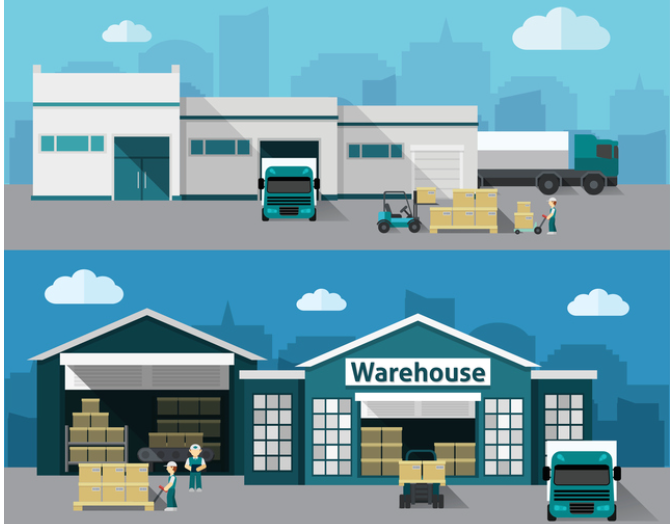The general focus for the effect of the distribution of work centers is to order workplace with similar processes in order to optimize their relative location. In many facilities optimum location often means that large volume work centers between departments are placed side by side.
In my years of experience, I have been able to know the different basic formats of distribution can be: Distribution by functions, assembly line and distribution by project.
Distribution by functions, occur when a group of functions or similar equipment, are located in the same are of work in the company. The parts in production advance with a preset sequence of each operation. This type of distribution is common in Hospitals (maternity rooms, intensive care unit).
A good example of this distribution, was the one known through the visit to FORD company, where the work areas are divided by specific functions, (Painting, welding, molding, mechanics). But also they have a assembly lines at the end of the production chain.
The assembly lines, are present when the route of the product or the parts that compose it are in straight line while the transformation or assambly occurs, such as car washes. This is very used in large volumes of production, specially in textile factories or production of alcoholic and non-alcoholic beverages.
The distribution by project, in this case the product stays fixed in a place during its manufacture and the production equipment goes to the product. This is common in products with a high weight, as a boat manufacturing amd plane manufacturing.
Cells (Celdas)
This is a hybrid between assanble lines and work centers (distribution by functions). It is widely applied because of its flexibility to work and maximum utilization of human labor. The image shows some of the ways that improvements to assembly lines can take.

My purpose with this topic is, recommend to all the class group the use of U-cells to facilitate human relations, improve the experience of each participant, have less material on the study table and prepare faster assignments made in class.
Reference: Operations management (Production and supply chain) Chase, Richard ; 2009








